
The client onboarding process is an increasingly important part of the sales and marketing funnel.
Not only are you introducing a new client to your team, but you’re also introducing your team to the client.
This guide will help you understand how to onboard your clients effectively and in a way that makes them feel like valued clients.
You will learn the exact steps of an effective client onboarding process and some best practices to keep in mind when designing your onboarding strategy.
What Is the Client Onboarding Process?
Before we dive into the steps of a client onboarding process, let’s first discuss what the process entails.
Client onboarding is a process that aims to answer any questions a new customer may have after signing up for a business’ services or products.
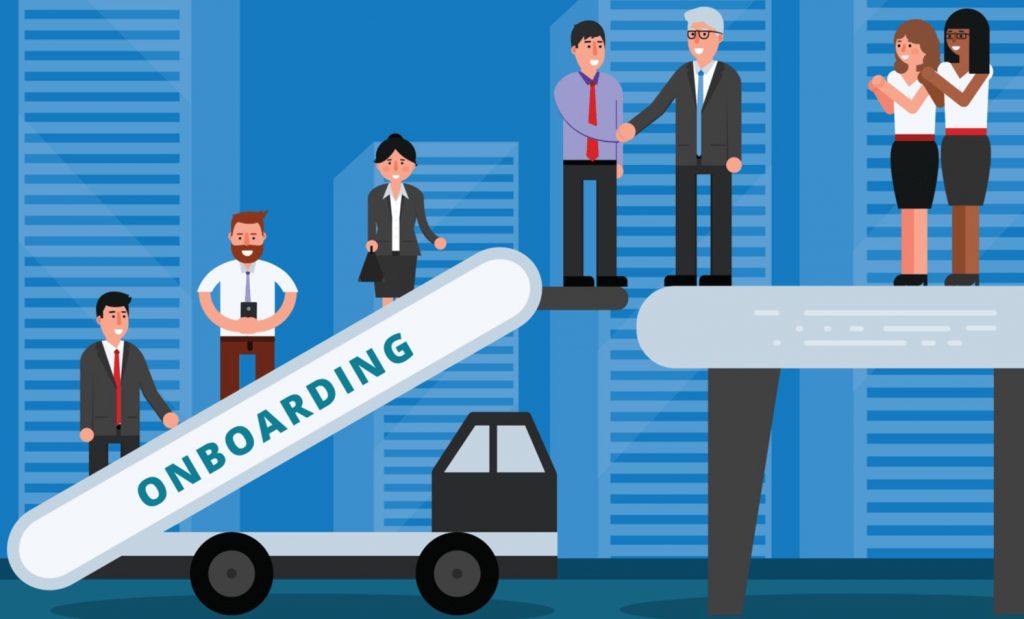
The goal is to “make new clients feel at home” and to build a long-lasting, mutually beneficial relationship for both the client and the business.
An effective client onboarding process will result in satisfied clients that have clear expectations and an understanding of the project deliverables.
Streamlining your client onboarding process is essential to scaling your business. This can be achieved by finding solutions to the time-consuming aspects of the process.
Why Is the Client Onboarding Process Important?
Well, there’s a ton of data that shows a majority of a business's revenue comes from existing customers.
The only way to get customers that stick with you is to treat them right on the way in and, as we said, make them feel right at home. The more value you can provide to your customers on their way in, the more valuable those customers will be to you in the long run.
The client onboarding process sets the tone for the business relationship going forward.
Best Practices for Client Onboarding
Let’s briefly discuss some of the best practices you should keep in mind when developing your client onboarding process.
Personalize and Automate the Experience
You don’t want your new clients thinking and feeling like they’re just another one of many paying clients at your agency or business.
Instead, you want to make them feel valued from the outset of your business relationship. You can do this by personalizing the client onboarding process.
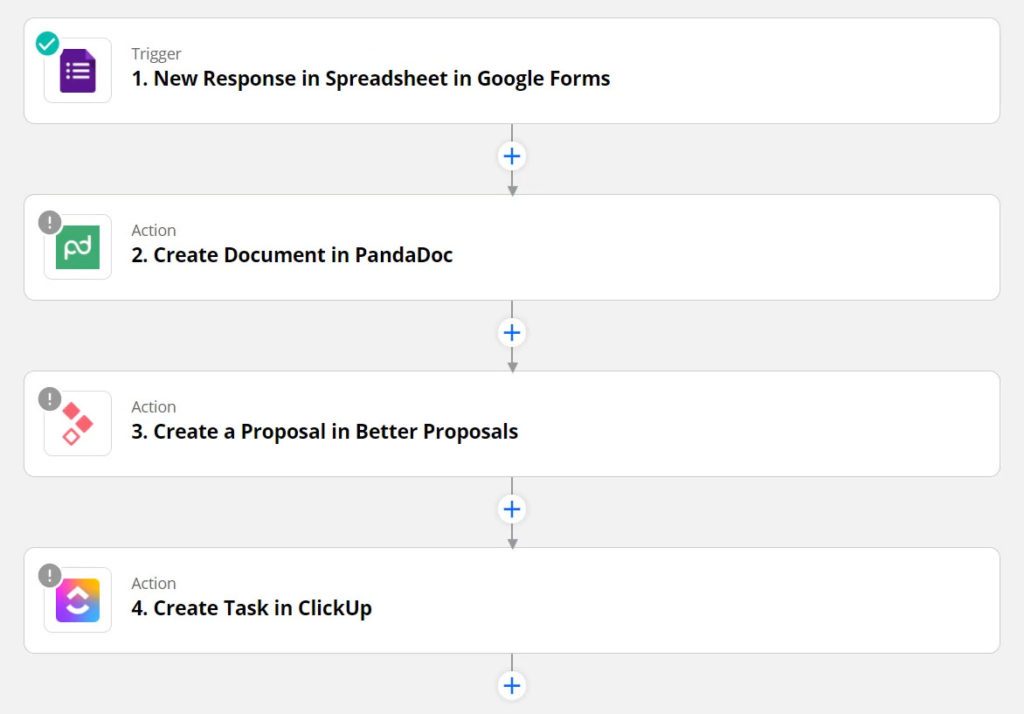
Now, this doesn’t mean you shouldn’t utilize various marketing and workflow automation tools. In fact, you should definitely try to automate the process as much as possible. But even with automation, you can still personalize the entire process.
Automation can help your team save time and it establishes a baseline level of consistency in producing a satisfactory customer experience.
Provide Value Early
It’s important to prove to your client that they made the right decision when they signed up for your services or products.
Instead of waiting for the client to be fully onboarded, agencies and businesses should try to provide some form of value to the client, even during the onboarding phase.
Sure, you won’t be able to achieve major goals and milestones during this stage, but try to give the client something they’ll value from the onset.
For instance, if you’re providing SEO services, you can present the client with a comprehensive report of their website’s SEO performance even before the kick-off meeting.
Create a Communication Schedule
Regularly communicating with a client during the onboarding phase will ensure that both parties know where they stand with one another.
Because of this, your team should set up a communication schedule with the client. This schedule will clarify how regularly your team will update the client on project progression and milestones.
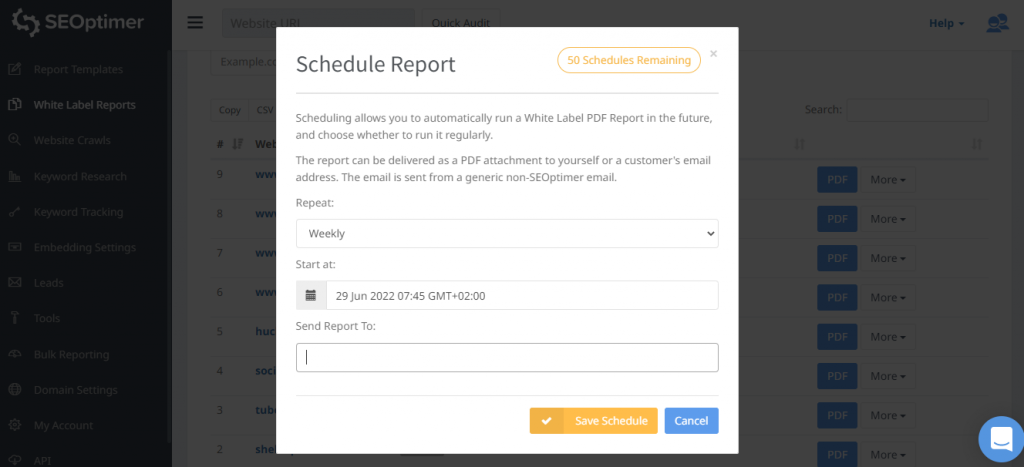
Luckily, most marketing and workflow tools can help automate this process. For instance, if you’re providing SEO services, you can send out scheduled SEO reports of your clients’ websites using SEOptimer’s white label SEO reporting tool.
Establish Expectations Early On In the Onboarding Process
It’s important to establish expectations early on in the onboarding process so that the client won’t have any misconceptions about what he or she can gain from the relationship.
The client’s expectations must be aligned with what you’re doing if you want to ensure that they are satisfied with the outcome of the services or products you provide.
Yet again, let’s imagine your marketing agency is providing SEO services for a client. From the outset, you should clarify that increased search engine rankings won’t necessarily result in an increase in sales.
Listen To the Client
This is one of the most important things to keep in mind during the client onboarding process. Your team should have a crystal clear understanding of the needs and goals of the client.
Make sure that you and your entire team carefully listen to the client to understand how your agency can help them achieve their goals.
Client Onboarding Process Steps
There’s no “one size fits all” client onboarding process. The steps in one business’ onboarding process are usually different than the steps in another business’ onboarding process.
Therefore, it’s important to customize your onboarding process according to your needs. Needless to say, here are the steps for a standard client onboarding process. Feel free to add some additional steps as you see fit.
Step 1: Client Onboarding Questionnaire
As we mentioned earlier, it’s important that you have a clear understanding of the needs of your client.
To ensure that your team has a clear idea of the needs of the client, you should create a client onboarding questionnaire and send it to any new clients.
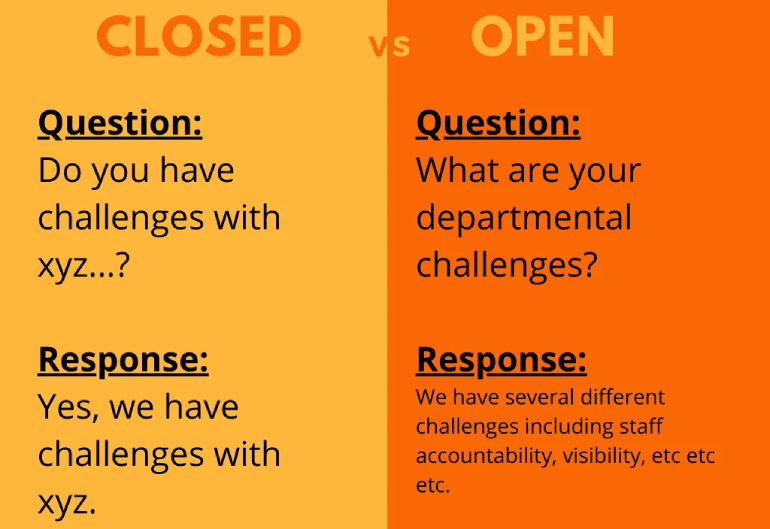
This questionnaire should answer the following questions:
- What are your business goals?
- Why did you choose our agency/business to help you with your needs?
- How do you think we’ll be able to assist you in achieving your business goals?
- What are your marketing goals?
- Do you have any prior experiences with other similar service providers? If so, did they meet your expectations and why did you decide to terminate the partnership?
- What are your one, five, and ten-year business goals?
- What will make this a successful business relationship?
As part of the questionnaire, you should also ask the client to complete all the required business information.
This includes business name, tax and company registration information, business address, the contact information of key individuals, as well as the client’s available budget.
With all of the information gathered in the client onboarding questionnaire, your team will be able to create a proposal and a contract - which leads us to the next step.
Step 2: Scope of Work, Contract, and Payment
Before you even think of starting any of the work for a client, you’ve got to get a signed contract from the client.
The contract should include the services you’re going to provide and the scope of the work.

This is a vital step of the onboarding process and if skipped, or not properly addressed, can result in a negative overall outcome for both the client and the business.
The contract should also include the payment terms and conditions, payment schedule, and other information related to how you will be compensated.
Once the client has sent a signed contract and paid any upfront fees, you can continue to the next phase of the client onboarding process.
Step 3: Kickoff Meeting
The next step in the client onboarding process is to have a kickoff meeting with the client. This meeting should be conducted as soon as the client has sent through the signed contract.
The kickoff meeting is the perfect time and place to introduce the client to the team members who will be working on the project.
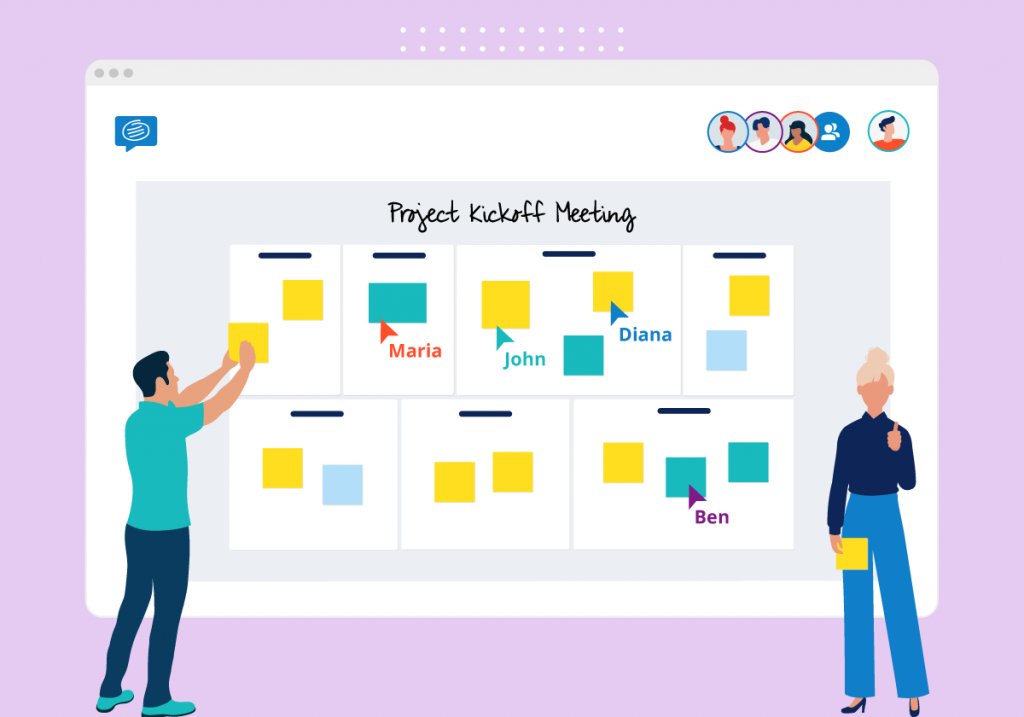
This meeting should cover the following aspects:
- The client’s business goals
- All the major project deliverables, goals, and milestones
- Communication medium and meeting schedule
- The next action steps
- Get access to any software and/or accounts that the client is using. E.g. Google Analytics and Google Search Console, WordPress or any other CMS login credentials, etc.
The kickoff meeting also provided another opportunity for the client to ask any final questions that they may have for the entire team.
Step 4: Follow-Up Call/Meeting
The follow-up call should be scheduled for 30 days after the kickoff meeting. This can be in the form of a video call or an in-person meeting.
The follow-up call gives the agency an opportunity to showcase what they’ve been able to achieve within the first 30 days of the business relationship.
If you’re able to make a good impression by delivering on one of the key deliverables before the follow-up call, then you’ll be able to reassure the client that they made the right decision partnering up with you.
The follow-up call provides an opportunity to ask the client for any information or materials that they haven’t sent through yet.
This meeting gives you a chance to check in with the client and to get their feedback on how they’ve found the onboarding process. With this feedback, you can refine and improve the entire process accordingly.
 Image source: Revechat
Image source: Revechat
Additionally, this is the perfect opportunity to ask the client for a few referrals. If you’ve been able to impress them during the 30-day period, the client should have no problem referring some of their acquaintances who might find your services useful.
Conclusion
This concludes our piece on the client onboarding process.
Follow the steps and best practices that we’ve outlined to develop a client onboarding process that can work for your organization.
But remember, there’s no “one size fits all” onboarding process that works for all agencies. So feel free to add steps to your customer onboarding process if required.










